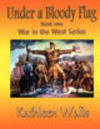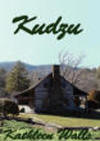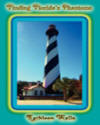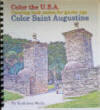Destination
Kansas City, Kansas
Story by Renée S. Gordon
The consolidation and incorporation of eight small towns in Wyandotte County in 1872 led to the creation of Kansas City eleven years after Kansas gained statehood. A biography of the state, both prior to statehood and into the 21st-century, is a microcosm of the history of the United States’ westward expansion and the colorful characters who impacted on those events. Until entry into the Union the region was recognized as the Nebraska and the Indian Territories until 1854 and as such settlers, outlaws, lawmen, natives and African Americans entered the area. Kansas City, KS is listed as one of fifty-five National Heritage Areas based on its historical sites, culture and significant geography. #kansascitykansas
History of Kansas City
Archeological evidence indicates that there was a nomadic Paleo-Indian presence as early as 12,000 BC. The Spanish explored the area, led by Coronado, in 1541 followed by the French circa 1750. They partnered with the tribes and established a profitable fur trade.

On June 26, 1804 the Lewis and Clark expedition set up camp
on the shoreline of Kaw’s Point where the Kansas and Missouri
Rivers meet. For the next three days they rested and restored
their equipment. Ten-acre Kaw Point Park is open to visitors
with a number of attractions, trails, heritage gardens and a
boat ramp. Nineteen flags are displayed representing Native
tribes in the region. Interpretive signs and plaques
focus on the Corps of Discovery history and their time encamped
there. The park is open daily.
The Kansas-Nebraska Act, opening the territory for
nonindigenous settlement, occurred in 1854. Prior to this
Kansas was home to more than 10,000 Natives forced to migrate
from the east out of an estimated total of 100,000 who were
forcibly relocated west. In 1862 settlers rushed into the area
as a result of the Homestead Act. Pioneers were offered
160-acres of federal land for a $10.00 filing fee, an assurance
that they would homestead the land and make improvements for a
minimum of five years.
Moses and Annie, a Delaware Indian, Grinter settled at the
Delaware Crossing of the Kansas River. They built a homestead
including a log cabin trading post and ferry in 1857. Their
subsequent 2-story home was constructed of bricks made on-site.
The brick house stands today as Grinter Place State Historic
Site, the oldest home in the county. Visits to the home
showcase pioneer life through tours of the home furnished with
period pieces. The home remained in the family until 1950.
Wyandotte County Historical Museum is near the Grinter House
and adds substantially to information on the history of the
indigenous tribes. There are greater than 75,000 artifacts
displayed throughout the galleries.

Because of Kansas City’s geographical location on the
Kansas-Missouri border it became a crucial site in the pursuit
of freedom in the years prior to the Civil War. Quindaro was
established in the 1850s. Many who believed in Kansas as a free
state moved to the area where they had quick access to a water
route and people who opposed their stance could not so easily
ambush them. Abelard Gutherie purchased the land on which
abolitionists, fugitive slaves, freedmen and Wyandotte Indians
founded the town. He named the town after his wife Nancy
Quindaro Gutherie. The lower section of the town was filled
with businesses while the area on the bluff was largely
residential. #visitkck
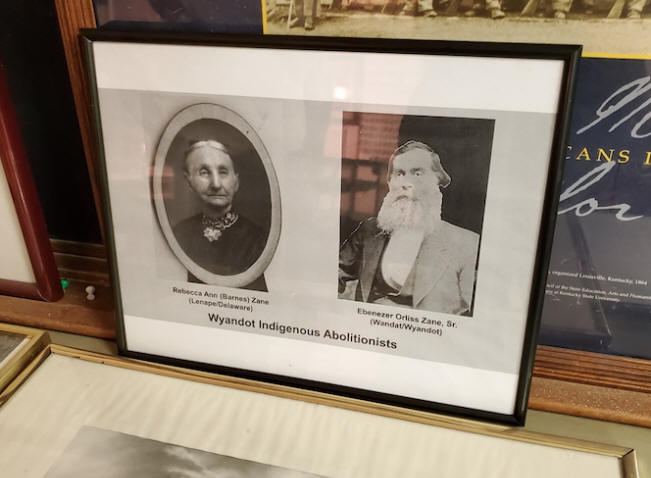
By the mid-1850s a line of the Underground Railroad ran
through Quindaro. Freedom seekers, freedmen and newly escaped
individuals found safe haven and the only free-state port of
entry in the region. From this branch of the UGRR many linked
up with the Lane Branch and moved further onward.
The town lost many residents when the Civil War began as
families moved for protection. The site has been designated one
of only three National Commemorative Sites in the National Park
Service. Quindaro Ruins Overlook allows visitors to view the
archeological ruins of the town. Private hiking tours are
available in advance through the city.
The Quindaro Underground Railroad Museum is housed inside the Vernon Multi-Purpose Center, formerly the Colored School of Quindaro. The structure, listed on the National Register of Historic Places, displays murals on the first floor and a museum on the lower level. The collection is eclectic and features the history of Quindaro and the region. Emphasis is placed on the collaborative relationships among blacks, whites and Native Americans.
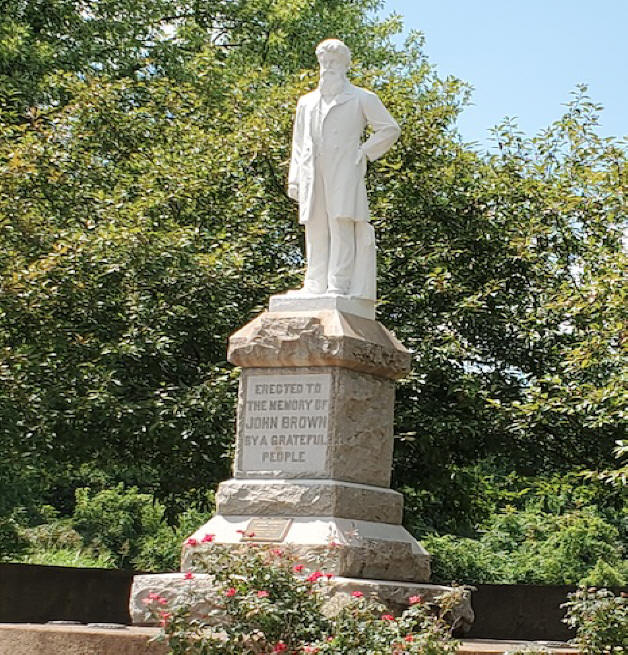
The first school to admit blacks west of the Mississippi
River was Western University, an outgrowth of the 1857 Colored
Normal School in Quindaro. The school was later named
Freedman’s University and ultimately Western University. It
closed in 1948. The school has the distinction of having
erected the country’s first statue to John Brown in 1911. It
was carved of marble in Italy, sent to the campus, and placed
on a 7-ft. granite plinth. The life-sized statue holds a
diploma.
When the Wyandotte Indians were forcibly removed from Ohio in
1843 many of them died of cholera, measles and typhoid. More
than 400 are interred in the Wyandot National Burying
Ground/Huron Indian Cemetery, 120 in unmarked graves, in what
was sacred ground.
The land was to be sold by the government in 1906 and the
Conley sisters, Lyda, Ida and Helena, of Wyandotte descent,
vigorously protested the sale. At one point the sisters erected
a shack over the graves of their parents, armed themselves with
their father’s Civil War musket, locked the gates and settled
in the cemetery to protect it. Lyda, raised in Quindaro, became
the first woman admitted to the Kansas Bar and advanced the
case in 1910 to the Supreme Court. She lost but by that time
public support was overwhelming. In 2016 it was inscribed as a
National Historic Landmark. The sisters are buried in the
cemetery. Visitors are welcome and a series of plaques document
tribal history.
Neighborhoods in Kansas City
Kansas City is known as the “City of Neighborhoods” and each has its own history, ethnic heritage and culture. Urban Hikes KC offers several comprehensive neighborhood tours including a bike tour that can last up to five hours. #urbanhikeskc

Strawberry Hill is one of the most picturesque and historic neighborhoods. It developed on the land of Mathias Splitlog, owner of 288-acres on which he established both a sawmill and gristmill. He wed a Wyandotte Indian and spoke seven languages.
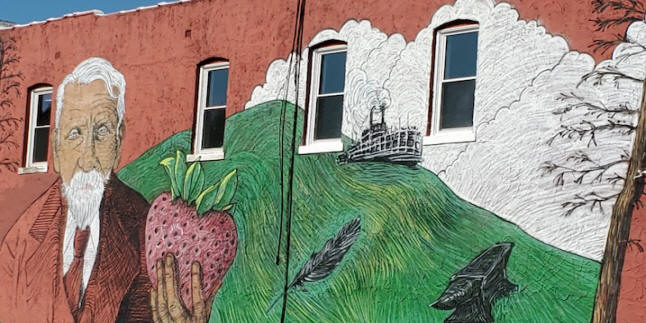
Strawberry Hill Museum and Cultural Center is housed in an 1887 Queen Anne mansion that was originally a family home. During the 1918 influenza epidemic it functioned as St. John’s Orphanage. Kansas City’s ethnic heritage is so pervasive and unique that in 1988 The Strawberry Hill Ethnic Cultural Society was founded to showcase the cultures. There are more than 30 rooms and Individual ethnic groups are responsible for the décor in each room. The holiday displays are particularly spectacular. Evening dinner and wine tours are also offered. Strawberryhillmuseum
Food in Kansas City


KCK Taco Trail is a distinctive culinary trail that encompasses
more than fifty taquerias. The selections, tacos, Tex-Mex and
specialty dishes are fresh and homemade from heritage recipes.
There is a map and an app to start you off. While on the trail
stop in
Spicin Foods’ gift shop. They have created more than 1,800
salsas and sauces sold internationally. You can test a product
in the shop along with a cup of water in case you have
overestimated your abilities. #kcktacotrail
NOTE: Sometimes Wyandotte is spelled without the t and e at the
end. It seems interchangeable but I used Wyandot to designate
individuals and Wyandotte for the tribe.




















